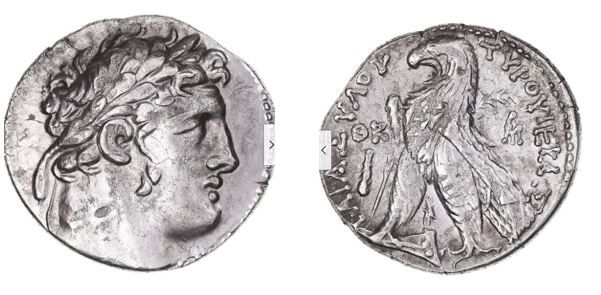A Den of Robbers

Matt 21:12-13,
Jesus entered the temple courts and drove out all who were buying and selling there. He overturned the tables of the money changers and the benches of those selling doves. “It is written,” he said to them, “‘My house will be called a house of prayer,’ but you are making it ‘a den of robbers.”
The account of Jesus overturning the Money Changers tables in the Temple courts is also found in Mark 11:15-17, and John 2:13-16. But here I'm going to focus on Matthew's account.
In this story, we see Jesus moved through righteous anger into overturning the money changers' tables and the Dove sellers benches . John tells us in his account that Jesus also made a whip to drive the traders out of the Temple! But in this violent and public outburst, Jesus is recorded as quoting from two passages of Scripture, namely Isaiah 56:7 and Jeremiah 7:11.
Isaiah 56:7
these I will bring to my holy mountain
and give them joy in my house of prayer.
Their burnt offerings and sacrifices
will be accepted on my altar;
for my house will be called
a house of prayer for all nations.
Jeremiah 7:11
Has this house, which bears my Name, become a den of robbers to you? But I have been watching! declares the Lord.
But is there a much deeper and more blasphemous reason that prompted Jesus’s violent outburst? Let's delve a bit deeper.
Temple Tax: The Silver Tyrian Shekel
Tyrian shekels or tetradrachms(a large silver coin equivalent to four drachmas) were coins minted in the ancient city of Tyre between the years 126 BC and AD 56. The city of Tyre is located on the Mediterranean coast of what is now Southern Lebanon.
At the time of Jesus, these coins were the only coin that was accepted as payment for the Temple tax, and hence the reason for money changers in the Temple. They are also regarded as the likely coin that was used to pay Judas Iscariot his 30 pieces of silver for betraying Jesus!
The Tyrian Shekel, because of its silver content, became the only coin that was accepted by the Temple priests as payment of the temple tax. Weighing in at 14 grams in silver, which was three more grams than the earlier 11-gram shekel they were exchanged at the same rate as the earlier Shekel and became the standard currency in the Jewish Temple.
Sold out for 3 grams of Silver
But there's one thing that the Gospels don’t tell us about the Jewish Tyrian Shekel. Which is that this "Jewish" coin bears the image of the Phoenician pagan god Melqart, aka Baal, or Beelzebub! And even though it bore the image of the pagan god Melqart, which was prohibited by the Law of Moses, this coin became the standard used in the Temple courts to pay the Temple Tax during the Hasmonean and Roman period, which just so happens to be the time of Jesus!
It's no wonder that Jesus flipped a few tables!
Have a great day, and God bless.
Trev.